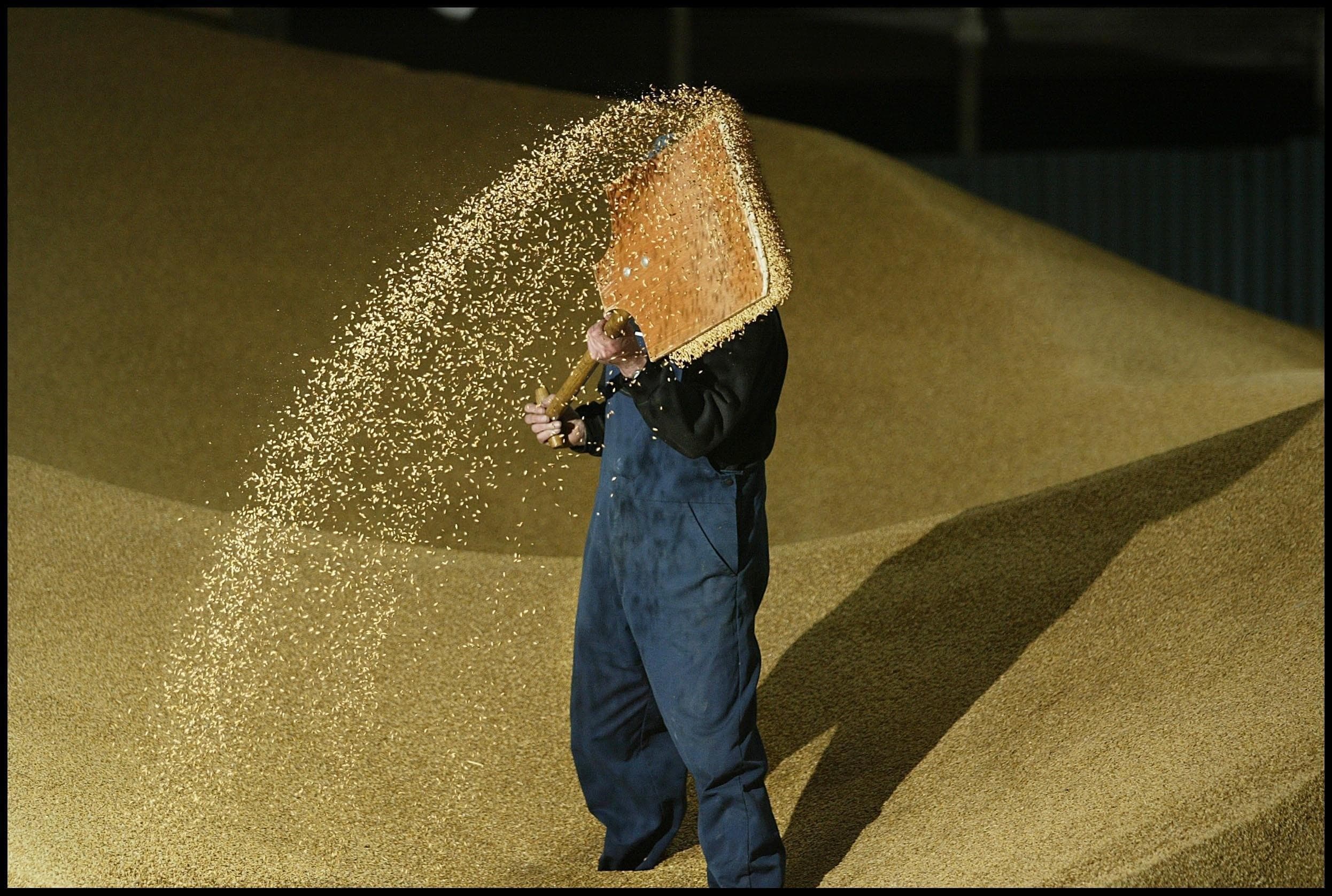What do you think of when you hear the words “grain whisky”? Does it excite you the same way “malt whisky” does? Historically, grain whisky has been a style of whisky whose primary purpose was to serve as the backbone of blended Scotch. When compared to malt whisky, grain whisky has always played second fiddle, earning a bad rap for its primary usage and mass production. Recently, however, all of that has begun to change. The style of grain whisky known as “single grain whisky” is beginning to earn attention from whisky lovers around the world. As time has progressed and stocks of grain whisky continue to age well into two or three decades, single grain whisky – especially single cask - has evolved to a point where it is now embraced alongside malt whisky as a fantastic stand-alone spirit, and some of our members have made it their first choice.
But what are the primary differences between grain and malt whisky? And what can Society members come to expect when venturing into the grain renaissance for the first time? Let’s have a look…
1.) The Grain
The primary difference between malt whisky and grain whisky is, you guessed it, the type of grain the distillery is using to produce the spirit. While malt whisky must be made from 100% malted barley, grain whisky is often made from a variety of grains that often include malted barley, corn and wheat. Distilleries have a major advantage in that they can experiment with an endless variety of mash bills (recipes), yielding a wider variety of flavours that malt could never achieve on its own.
2.) The Stills
Another primary difference between malt whisky and grain whisky is the type of still used to produce it. Traditionally, malt whisky is distilled in a copper pot still. Pot stills function as a large kettle, producing spirit on a batch-to-batch basis. Column stills, shaped just as they are named, run continuously. They are mostly made from copper but in some instances, can include parts made of stainless steel. A unique characteristic with column distillation is that they can produce spirit exceeding 95% ABV! This means that after several decades of maturation, single grain whisky will evolve into a highly complex spirit while still retaining a high level of intensity. And given the cost of production along with the current (although rising) demand for it today, single grain whisky presents an incredible opportunity to experience very old liquid at a very reasonable cost.
3.) The Result
So what happens when you switch up the variety of grains used in the mashbill and the method of distillation? Unsurprisingly, the results are as diverse as anything. Taking for instance Cask G5.11 ‘Flash, I love you!’, a 30-year-old single grain whisky matured in a second-fill barrel and bottled at 52.4%, we have a deeply complex whisky bursting with flavour and enough complexity that will have you nosing a single dram for an hour’s time. Lightly toasted grains, toasted honey, French toast and wood char mix with kaffir lime, curry poder and a hint of worn leather. It’s an “Old & Dignified” Highland spirit as exciting as any whisky I’ve had to date. Cask G7.14 ‘Always room for dessert’, a 27-year-old single grain whisky from the Lowland region of Scotland, offers a sweeter, more decadent profile of hazelnut, buttered popcorn and maple syrup. There’s a wonderfully floral note and a hint of jasmine green tea that adds even more intrigue to an already evocative tasting experience. And then of course there is G6.7 ‘Aged gracefully’, a cask appropriately named given that it aged for no less than 37 years! It’s a remarkably complex and unusually rich whisky with notes of milk chocolate, dunnage wood, lemon oil and dried herbs. In many respects it retained the character of a vibrant young malt whisky but with the age and seduction of the timeless Lowland spirit it is.
If you haven’t had a chance to try a single grain whisky, now is most certainly the time to give it a shot. Being one of the most enjoyable but misunderstood styles of whisky today, it’s only a matter of time before it’s discovered by the rest of them!



